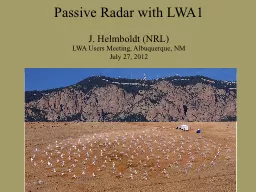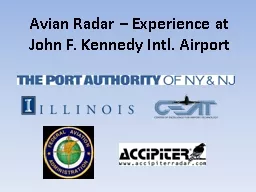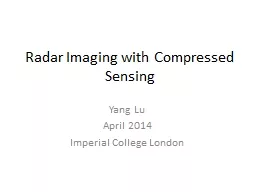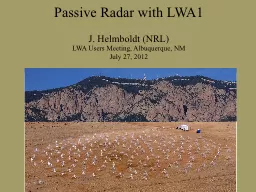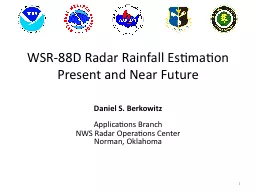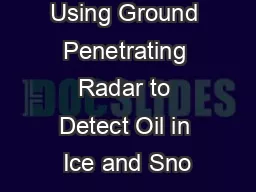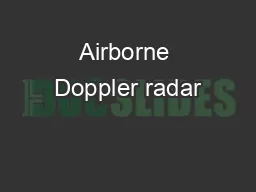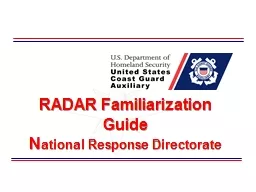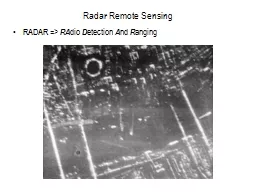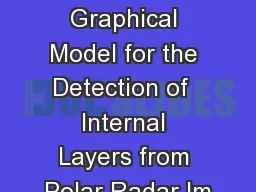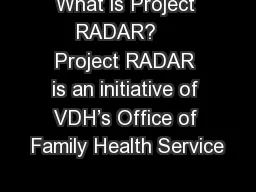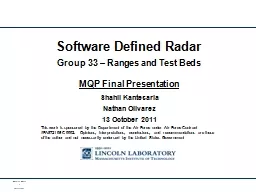PPT-Passive Radar with LWA1
Author : sherrill-nordquist | Published Date : 2017-03-25
J Helmboldt NRL LWA Users Meeting Albuquerque NM July 27 2012 Introduction Passive radar is a technique that uses existing transmitters eg FM radio broadcasts to
Presentation Embed Code
Download Presentation
Download Presentation The PPT/PDF document "Passive Radar with LWA1" is the property of its rightful owner. Permission is granted to download and print the materials on this website for personal, non-commercial use only, and to display it on your personal computer provided you do not modify the materials and that you retain all copyright notices contained in the materials. By downloading content from our website, you accept the terms of this agreement.
Passive Radar with LWA1: Transcript
Download Rules Of Document
"Passive Radar with LWA1"The content belongs to its owner. You may download and print it for personal use, without modification, and keep all copyright notices. By downloading, you agree to these terms.
Related Documents

